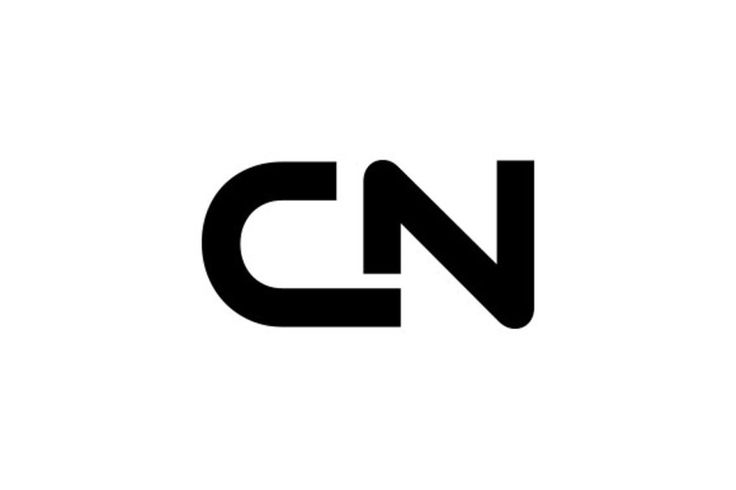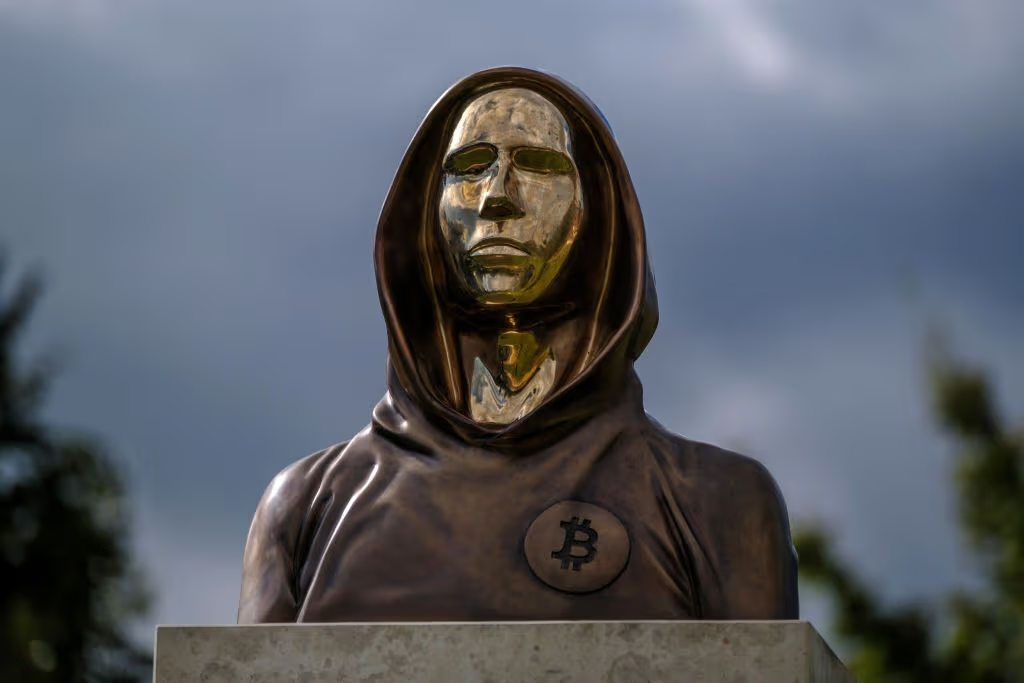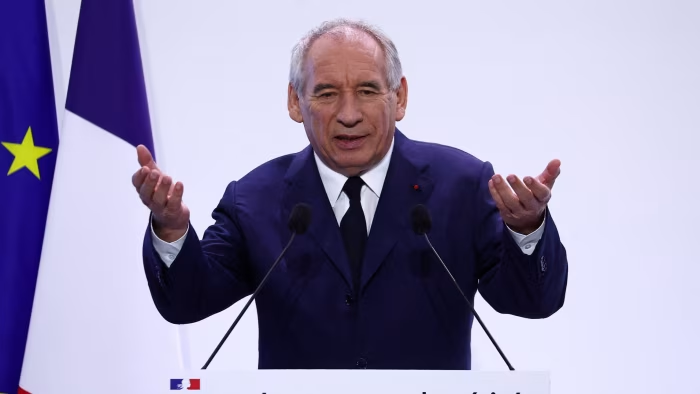🌐 Crypto Coin for Russian Shadow Payments Moves $9 bn

🧭 Headline Overview
A newly launched stablecoin, called A7A5, has transferred approximately US $9.3 billion in just four months—despite a modest market cap of just $156 million. Designed to circumvent Western sanctions, the ruble-pegged token is backed by deposits in Promsvyazbank, a Russian state-linked defense-sector bank currently under US, UK, and EU sanctions.
🏦 Background & Structure
- Launch & Pegging
Debuted in February 2025 in Kyrgyzstan, A7A5 is pegged 1:1 to the ruble and claims full backing via deposits in Promsvyazbank. - White-Label Exchange
Most A7A5 transactions occur through Grinex, a Kyrgyz crypto exchange that emerged just as Russia’s Garantex was shuttered by US regulators—leading analysts to see Grinex as Garantex’s successor.
💳 Transaction Mechanics & Patterns
- High Volume vs. Low Market Cap
The enormous $9.3 bn transaction volume contrasts sharply with the token’s $156 m market cap, suggesting fast-moving, repetitive transfers among a small wallet set. - Institutional Patterns
Roughly half of those transfers—about $4.6 bn—follow near-identical flows between linked wallets in quick succession, indicating internal settlement or institutional operations. Activity is clustered within Moscow business hours.
🕵️ Political Connections & Sanctions Risk
- Oligarch Ties
The coin’s structure, via issuer A7 (now under UK sanctions), connects back to fugitive Moldovan oligarch Ilan Șor and Promsvyazbank. - Influence Campaign Concerns
Research shows overlapping IP addresses between A7A5 domains and sites tied to political influence operations in Moldova.
🌍 Why It Matters
- Shadow Payment Infrastructure
A7A5 offers Russia and its allies a semi-regulated channel to move capital amid sanctions—bypassing Swift and foreign restrictions. - Sanctions Arbitrage via Kyrgyz Base
Launching in Kyrgyzstan—a sanction-light jurisdiction—provides political and legal insulation . - Stablecoin with Strategic Purpose
Unlike USDT, A7A5 supports ruble-denominated cross-border flows and acts as a bridge to USDT—boosting Russia’s financial resilience. - Regulatory Gaps Exploited
Despite claims of independent operation, blockchain analytics reveal structural overlaps with previous illicit networks, highlighting the difficulty of enforcing sanctions in decentralized finance.
🔑 Key Takeaways
- A7A5 volumes: $9.3 bn moved in just four months from a $156 m token.
- User base: A limited number of wallets operating large, mechanical flows.
- Geopolitical angle: Connected to shadow finance, oligarchs, and influence channels.
- Sanction implications: A new semi-independent financial vehicle beyond Swift.
- Crypto follows strategy: Russia and its allies increasingly use blockchain to work around sanctions.
📝 Newsletter Summary Table
| Theme | Insight |
|---|---|
| Volume vs Cap | $9.3 bn moved on $156 m token—suggests internal or institutional use |
| Exchange Link | Grinex seen as successor to dismantled Garantex |
| Sanctions Evasion | Designed to bypass Western restrictions, via ruble peg and Kyrgyz sandbox |
| Oligarch Ties | Connections to Ilan Șor and Promsvyazbank raise red flags |
| Blockchain Control | Smart contract data reveals coordinated wallet activity |




